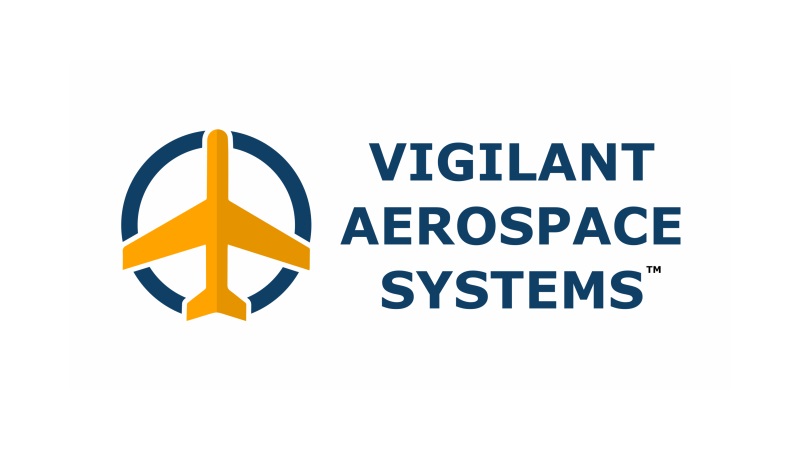by Kraettli L. Epperson, CEO, Vigilant Aerospace

Here in the US, we’re seeing daily news of new BVLOS drone waivers and military initiatives to advance the deployment of autonomous aircraft.
So – are we finally on the cusp of mainstream UTM/AAM deployments? Almost.
Three Interlocking Elements: Technology, Regulations and Commercialization
The three critical areas of progress revolve around technology, regulations and commercialization. The three are interdependent.
Over the near-term future – let’s say three years – we should finally see the alignment of these three factors after a long period of uneven progress during which the technology was galloping ahead of the regulations and commercialization.
On the technology front, we expect that advancements will continue to involve improvements to sensor integrations and computing power, including AI, into autonomous aviation. Also, more efficient aircraft propulsion and designs will begin to overcome some of the economic barriers to implementation. The US manufacturing of drones, at a competitive price, is a major barrier right now while legal pressure is building to limit the use of Chinese-made drones due to security concerns.
On the regulatory front, the expected publication of a new rule to support routine BVLOS flight of drones in low-risk areas is expected in late summer in the US. This should mean a smoother, more standardized path for advanced commercial use of drones in 12 to 18 months when the rule is finalized. Following on the heels of those changes, we expect to see a path for certification and authorization of larger drones as well, although this will take years.
For commercialization, we’re seeing the creation of major public-private partnerships to build crucial infrastructure for this next generation of aviation. Our local Skyway36 droneport, just outside Tulsa, is a great example of this, creating an innovation park for autonomous flight while supporting testing and research, and providing maintenance and administration services. We are seeing similar initiatives in North Dakota and elsewhere as local investment is beginning to bear fruit.
The industry overall cannot advance until all three elements keep pace and come into alignment – and we are finally beginning to see this happen as regulations and commercialization efforts begin to catch up to the technology.
Read the full article here.

